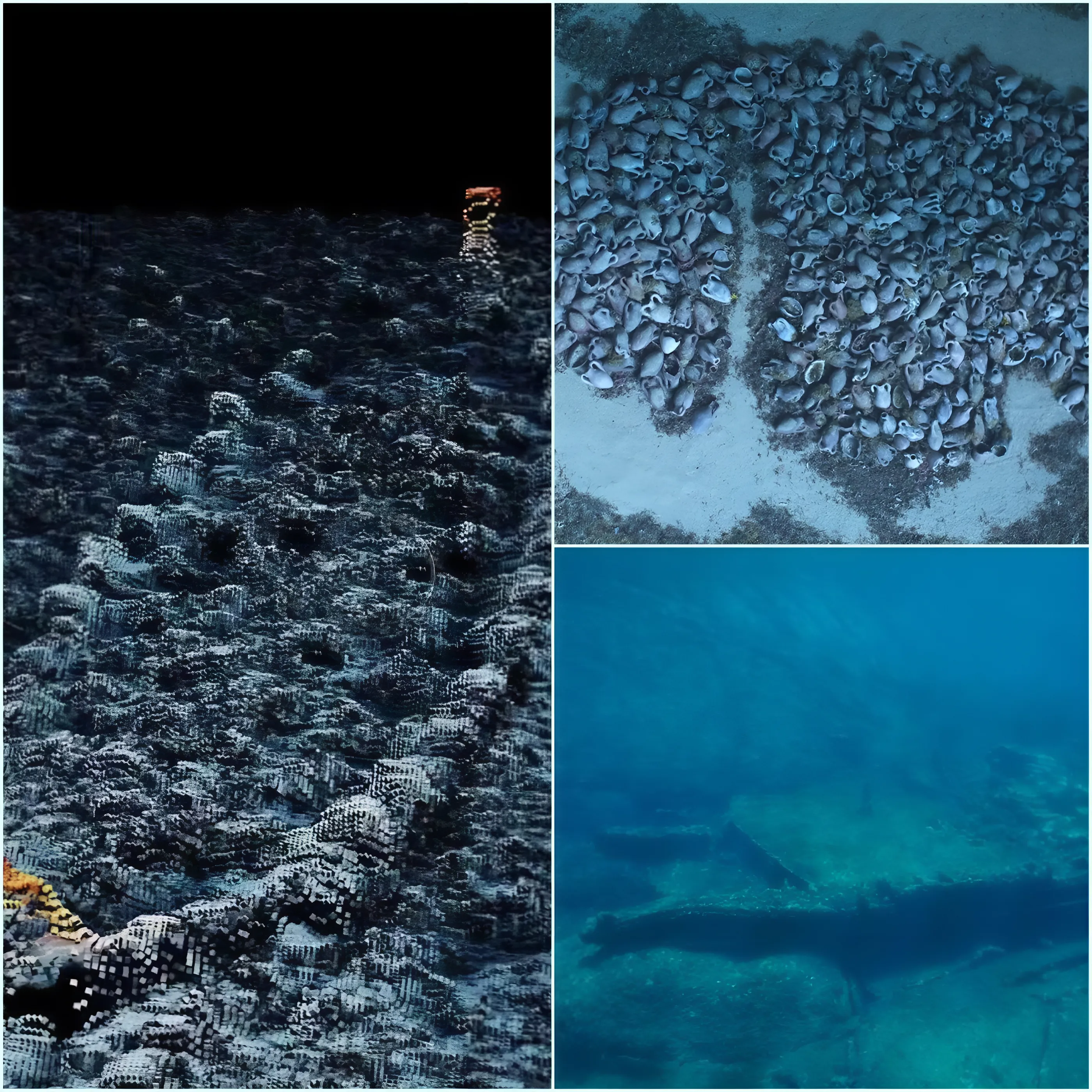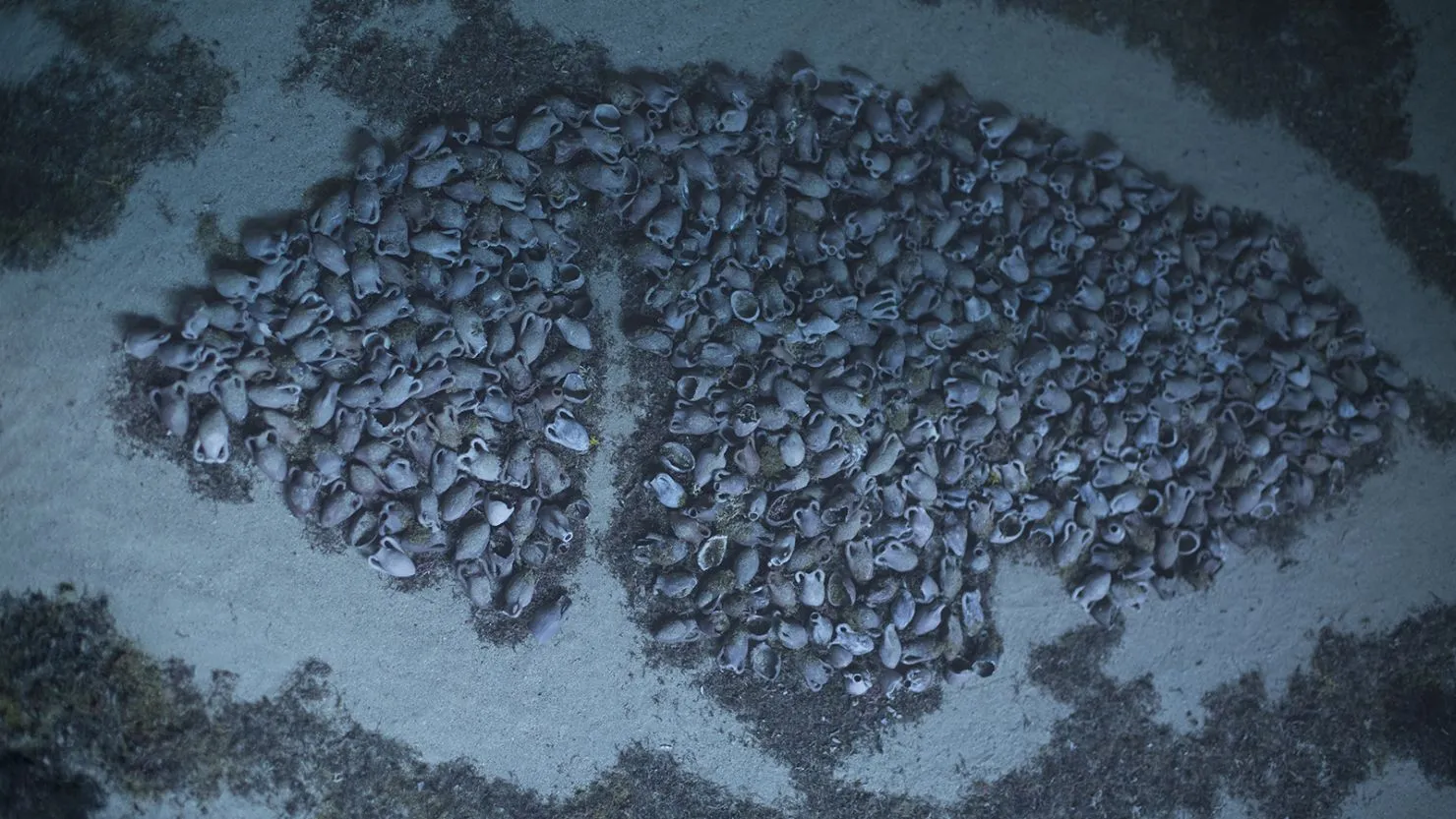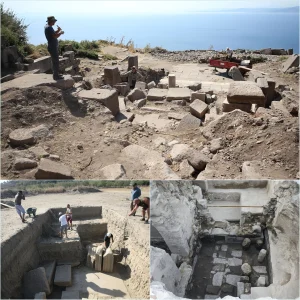During a government research mission, researchers stumbled upon what they believe to be a 700-year-old shipwreck at the bottom of Norway’s largest lake, Mjøsa, as reported by Live Science.

The discovery occurred as part of Mission Mjøsa, initiated by the Norwegian Defence Research Establishment following the detection of unexploded World War II bombs in the lake. The mission aimed to map the lake bed meticulously to track these bombs and assess any potential environmental impacts on the lake, which serves as a source of potable water for 100,000 people.

Despite previous research missions uncovering 20 shipwrecks in Mjøsa, this recent find marks the first exploration of its deepest parts, which extend to depths of approximately 1,350 feet. Advanced sonar technology was crucial in locating the shipwreck and promises further insights into Norway’s maritime history and cultural heritage.

The discovery underscores the significance of ongoing research and preservation efforts in Norway’s lakes, revealing unexpected historical artifacts and providing valuable data for scientific and archaeological study.





